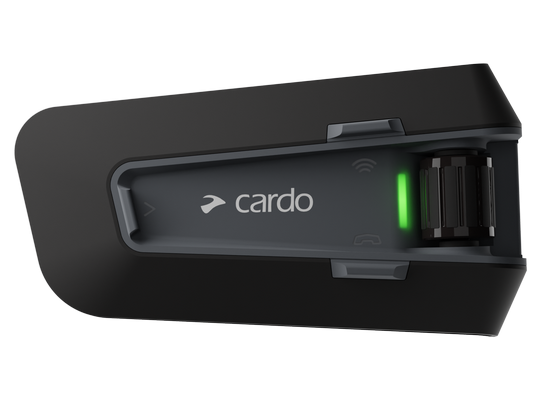Here’s everything you’ll need for your first ski trip:
Skis, Bindings, and Poles
Start by choosing the right type of skis for your size and skill set. The length of the skis will depend on your height and weight. Generally, the ski should come up to your neck or chin when standing vertical.
Find a Bluetooth Headset for Your Next Ski Trip
Consider whether you will be skiing downhill or cross-county. Some skis work in both settings, but many are designed for one or the other. Use skinnier skis to make sharp turns and wider skis to glide over deep snow.
You will also need bindings to attach the skis. Some skis come with built-in bindings. If not, you’ll have to buy them separately.
If you’re new to skiing or don’t live in a cold climate, you might be better off renting this equipment from the resort or lodge. There will be an expert on hand that can help you find the right type of skis. This also gives you the opportunity to try out different styles and widths.
Ski Helmet
Safety first. You’ll need to wear a helmet while skiing downhill. You run the risk of falling or hitting your head on a tree, so be sure to protect your head. It’s best to use a full-face helmet while skiing for better insulation and less glare. If you don’t use a full-face helmet, use googles to protect your eyes.
Use Bluetooth ski speakers that fit inside your helmet for hands-free communication. The device recognizes your voice, so you can call or text without taking your hands off the poles. It will also play music to help you get in the groove on the slopes. You never know when you might get separated from your companions, especially when traveling downhill. Use this device to coordinate your location and keep in touch with those that matter most.
Buy a Bluetooth Motorcycle Headset for Hands-Free Communication
You can also rent a helmet at the ski resort or lodge. Bring along your own wireless ski communication device in case they don’t provide this option.

Ski Boots
Your regular snow boots won’t do. Find ski boots that are made specifically for the task at hand. They should fit into your bindings without putting too much pressure on your feet. These boots usually have a harder shell than regular boots to help you control your skis with your feet.
Ski Jacket and Pants
You need to be prepared for lots of snow and cold weather, which means wearing water or winter-proof gear. You’ll need a thick, insulating jacket and pants with suspenders. These layers will need to fit over your regular clothes, so consider going up a size.
Warm Layers
It’s always better to be overprepared than under. You’ll freeze on the slopes unless you have plenty of layers underneath your jacket. Look for moisture wicking clothing that keeps the air flowing, so your body can cool down naturally. These layers shouldn’t be tight or inhibit your range of motion. Synthetic materials and wool tend to work well. You can also remove some layers as the temperature changes.
Shop for a Bluetooth Ski Communication Device
Ski Gloves
Your regular gloves won’t cut it either, so be prepared to invest in some ski gloves that run up your arm and under the sleeves of your coat. There should be no way for water to seep through the cracks, so make sure these layers overlap with each other. They should be water or winter-proof, just like the rest of your outer-most layer.

Additional Supplies
Depending on where you’re going or for how long, you may need to bring along a waterproof backpack to store your supplies, such as food, water, a compass, and first-aid equipment. Consider bringing a paper map of the park or local area in case your phone doesn’t get service. You should also have an emergency contact number on hand in case of emergency.
Regardless of how you like to ski, wear a Bluetooth motorcycle headset in your helmet to keep your eyes on the trail.









